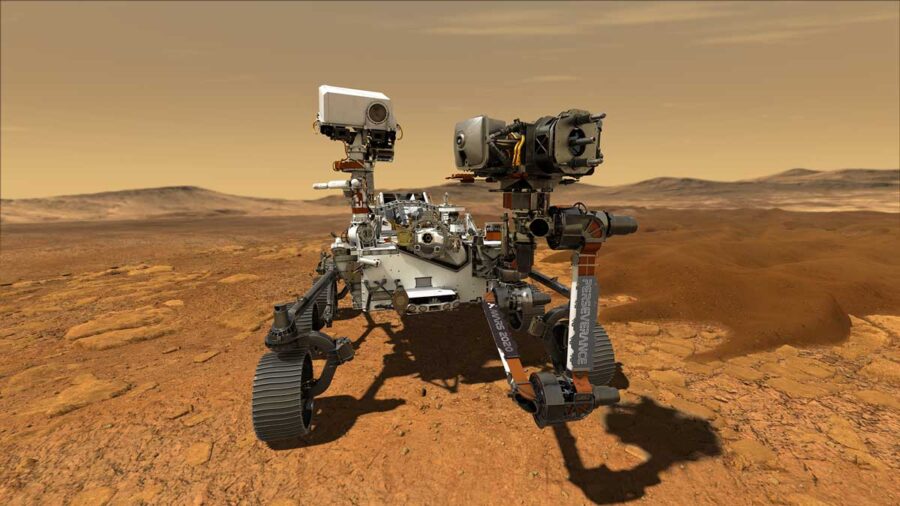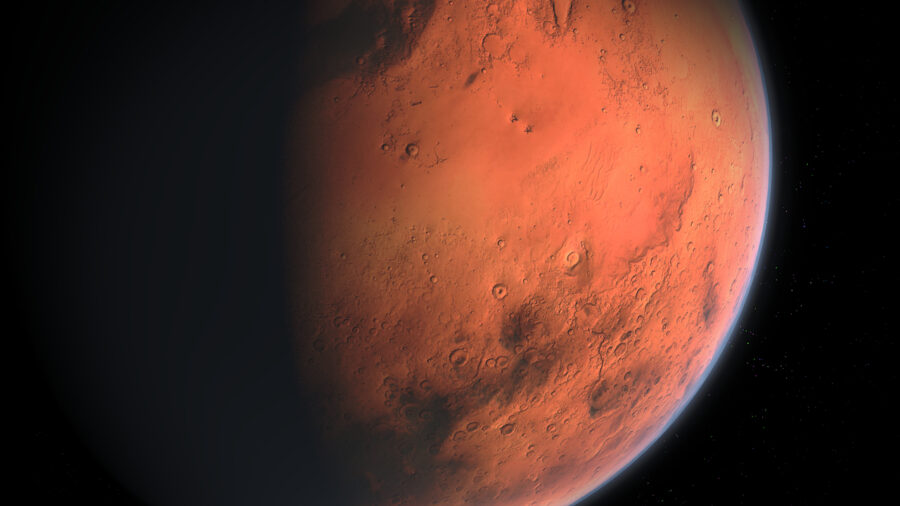NASA Mission To Retrieve Samples From Mars Is Already Doomed

NASA has a plan to bring samples back from Mars, but an independent review has assessed the plan as essentially unworkable. The complex mission, known as Mars Sample Return (MSR), is admittedly challenging on a number of levels, which is what prompted NASA to commission the independent review board in the first place. You can read the full report here.
The history-making NASA mission to retrieve samples from Mars may never happen according to a scathing report.
The board’s findings have caused NASA to halt its plans to provide an official cost and schedule estimate for the Mars mission. The agency has said it will put together its own team to conduct a review of the MSR report and make recommendations for moving forward with the mission in 2024. The current report refers to the mission’s budget and scheduling expectations as “unrealistic,” saying the challenging and highly constrained project has been flawed in those areas from the start.
One of the most complicated NASA missions ever proposed, Mars Sample Return, is intended to include two helicopters, a rocket, a lander, and an orbiter that will be built and launched to Mars by 2028. However, the report asserts that this timeline is not workable and that the earliest the agency could hope to have the lander and orbiter ready would be 2030. In fact, the report calls the chances that such a construction project could be ready for launch within roughly the next five years “near zero.”

The review board was set up because of the trouble NASA has been having putting together the budget and figuring out a schedule for the Mars Sample Return mission. The intention of the review board was to evaluate the plans for and design of the mission from the perspective of cost, schedule, and technical challenges.
In a statement, the deputy associate administrator for science at NASA, Sandra Connelly, said the agency convenes review boards of this nature to determine whether they are on the right track with their mission goals and their budget.
NASA asked for $949.3 million for the Mars mission in its 2024 budget proposal, having received $822.3 million for the project in 2023.
There has been no estimate of cost released by NASA for the Mars sample return project, though a 2020 estimate by NASA and ESA put the cost for the campaign at a minimum of $7 billion. There have been concerns about the mission staying within that budget, which seems to be confirmed by the new report. The independent review board suggests that the entire length of the mission could ultimately cost somewhere between $8 billion and $11 billion.

NASA asked for $949.3 million for the Mars mission in its 2024 budget proposal, having received $822.3 million for the project in 2023. Bill Nelson, NASA administrator, said in April that MSR will require $250 million more this fiscal year and an additional $250 million next year if it is to stay on schedule for a 2028 launch.
We’re hopeful that NASA can find a way to make the Mars Sample Return mission viable.
Bringing samples back from Mars is important to NASA because rocky samples collected by the Perseverance rover could be vital in the search for extraterrestrial life. The review board acknowledged the potential importance of the mission, not only for that purpose but for the agency’s future plans to put human beings on the Red Planet.
For this reason, the report recommends that NASA better communicate the importance of the mission, citing its potential to significantly alter our understanding of the solar system, our place in it, and the possibility of life beyond our planet, which it says will have impacts across society, history, and technology.
We’re hopeful that NASA can find a way to make the Mars Sample Return mission viable. Given its potential importance for space exploration and scientific discovery, the agency can’t afford to get this one wrong.









